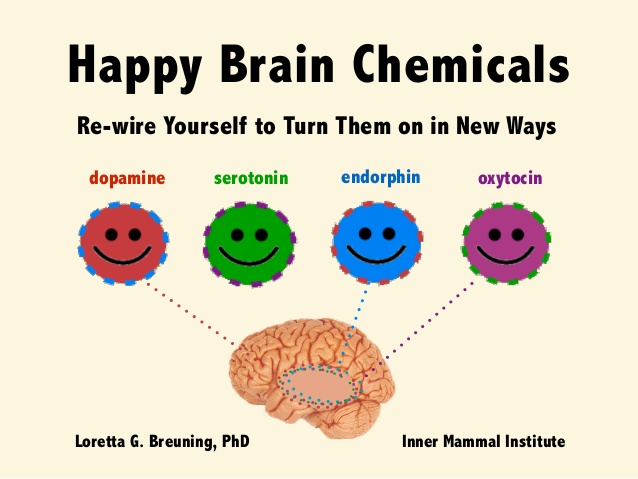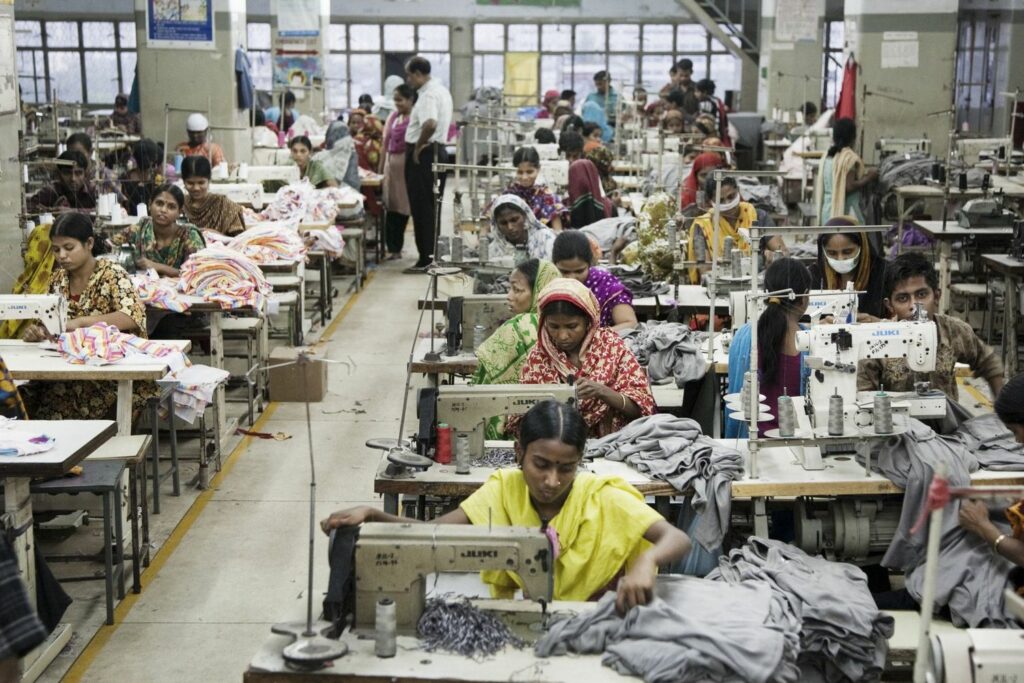
Written by: Philippe Zarif
How To Be A Conscious Consumer
With Christmas right around the corner, buying will be at the forefront of most people’s agenda, and brands will be pedal to the metal forcing their marketing and sales campaigns down consumers throats. Major retailers will look to drive sales, offering large discounts that triggers unconscious buying rather than buying for need. How can you prevent yourself from falling into these retailers’ traps and filling your home with more things you don’t need? Here are a few questions you can ask yourself when shopping to become a conscious consumer…

WHEN BUYING, the first question you need to ask yourself is why are you buying? Do I need this item, or am I buying it because it’s on sale? Columbia University professor of neurobiology David Sulzer says” So when an unforeseen benefit enters our cognitive field—30 percent off!—the dopamine really spikes.” So next time you see a sweater on sale for less than the cost of a dinner, stop and ask yourself, ‘Can I live without this’?

Okay so you have to have this garment, you love the color and it’s a great deal. Question 2 you should ask is WHO MADE IT? Check the tag on the inside and see what country the garment was made in. In all likelihood, it’s made in Bangladesh, China, India, or Vietnam. Workers at a factory in China used by the company that makes clothing for Ivanka Trump’s fashion line and other brands (Calvin Klein, Tommy Hilfiger ) worked nearly 60 hours a week to earn wages of little more than $62 a week, according to a factory audit released Monday. That’s a little off, California’s minimum wage $11/hour and will be gradually increasing to $15 in 2022.

Now just like the food you eat, the ingredients used to make the garment, play as important as a role. When buying a garment you should know WHAT MATERIAL IT IS composed of, this information can also be found on the garment’s care label. Ideally you are looking for natural organic fibers such as cotton and wool, that are renewable and biodegradable, while avoiding polyesters. Polyester is essentially plastic made with oil, and excessive amounts of energy and water. Polyester can take up to 200 years to biodegrade. Not to mention the microplastics that are released into our water every time you wash your polyester garment.

The simple truth is, the best thing you could do is not consume, buying less and choosing well when you do buy. Shopping 2nd hand or vintage is the most sustainable practice. Because of Fast Fashion retailers like H&M, Zara, and Uniqlo,between 2000-2014 the global production of clothing doubled. Doing your homework, the same way you would browse different sites looking for the best deal on a garment, browse the internet and try to find out more about what you are going to buy and the companies selling them. Is there a better option than the H & M t-shirt? Yes, it might initially cost more money but will last you 100 wears, and in fact cost less money in the long run. Everyone has a voice and everytime you purchase something you are using your voice. Supporting brands that matter, whether it’s clothing, food, or cars.

Conscious Consumer Snapshot